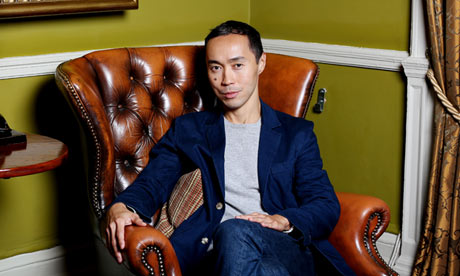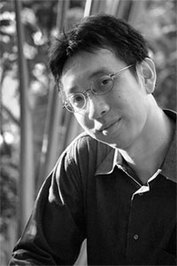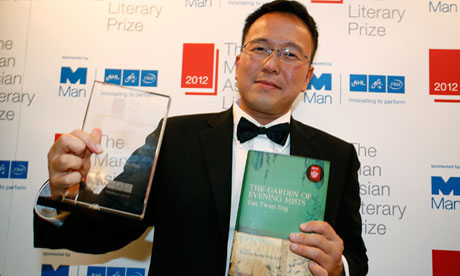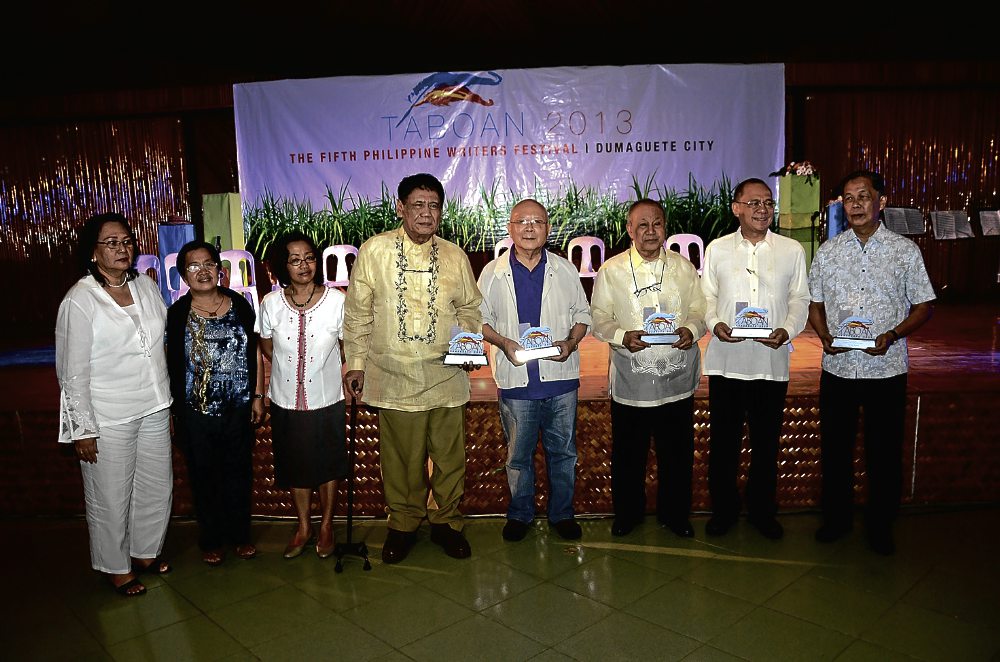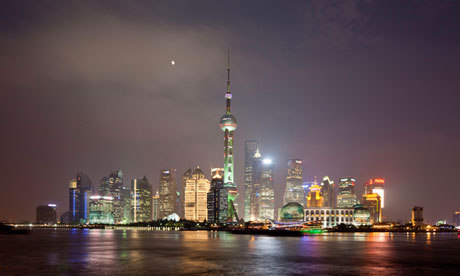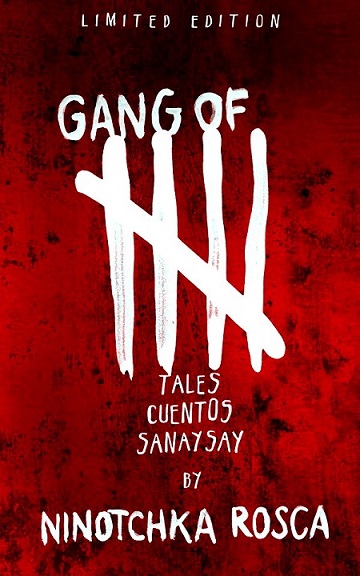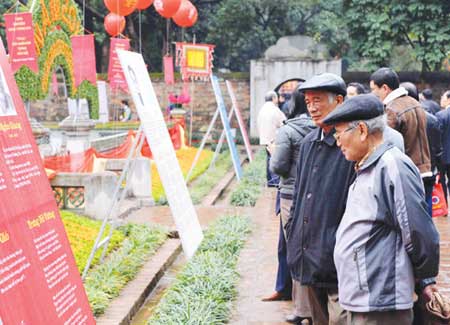 |
| Khunying Yai Damrongthammasan was wealthy and extremely devout |
A little-known Thai woman has been identified by researchers as the most likely author of an important Buddhist treatise, previously attributed to a high-profile monk.
Thammanuthamma-patipatti is a set of dialogues, supposedly between two prominent Thai monks last century.
It had been attributed to one of them - Venerable Luang Pu Mun Bhuridatta.
But scholars believe it was really by a female devotee, making her one of the first Thai women to write such a text.
Printed in five parts between 1932-1934, initially without a named author, Thammanuthamma-patipatti (Practice in perfect conformity with the Dhamma) is viewed in Thailand as a valuable and profound Buddhist text which deals with Buddhism's different stages of awakening.
Dr Martin Seeger from the University of Leeds believes he has traced the authorship of the text to one Khunying Yai Damrongthammasan - a wealthy and extremely devout woman who developed an impressive knowledge of Buddhist scriptures during her lifetime.









